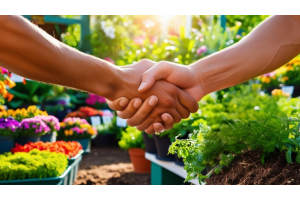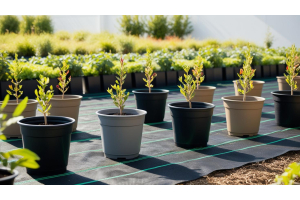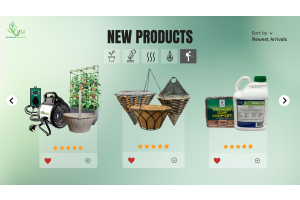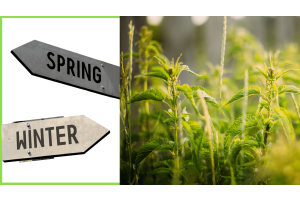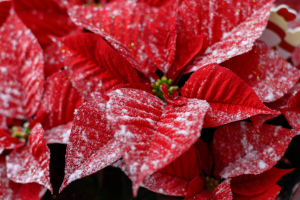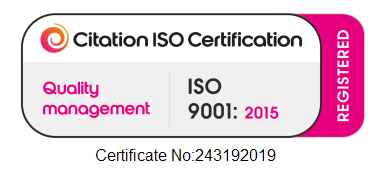The Evolution of Cut Flowers: From Nature to Home Decor
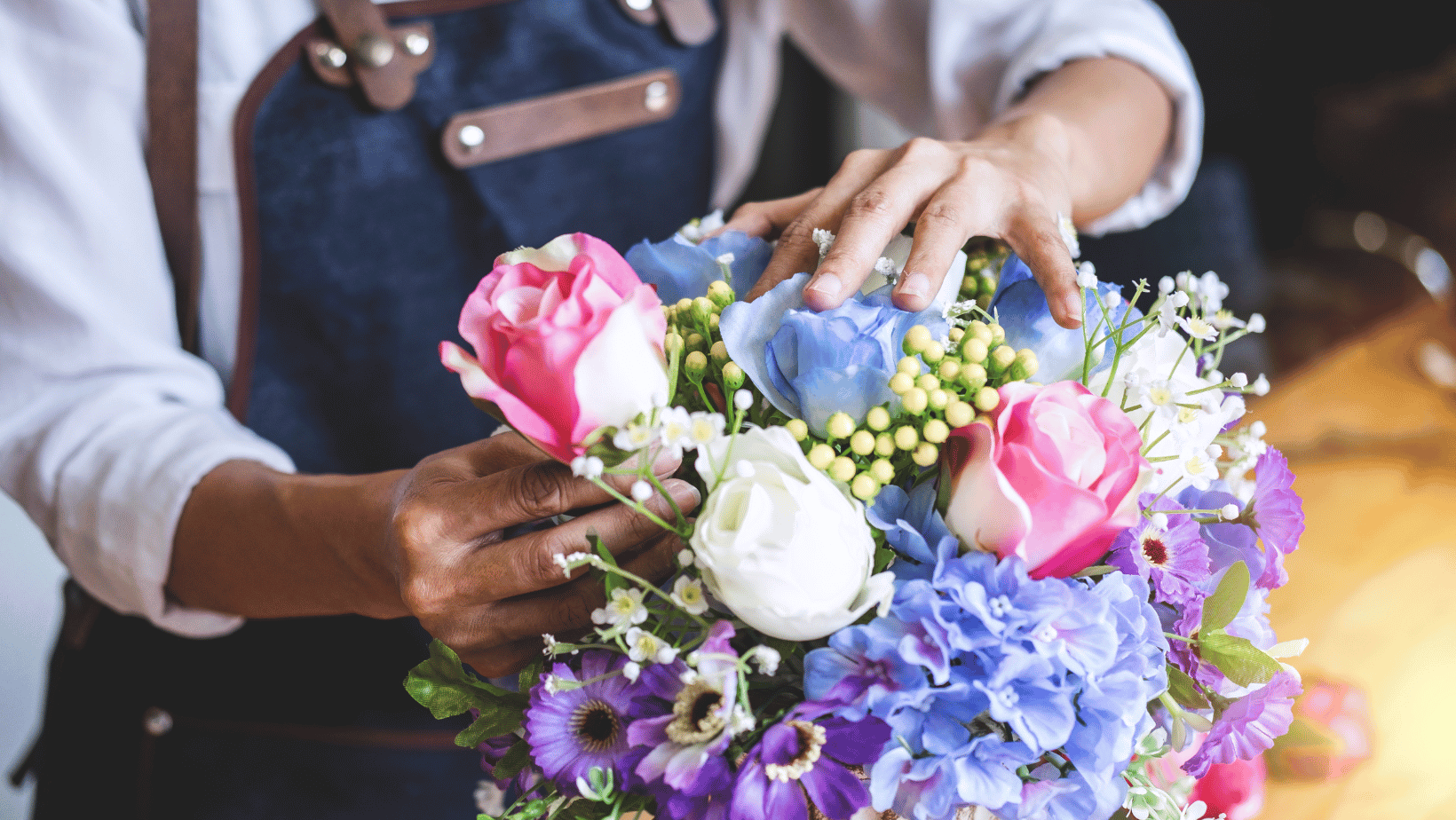
Flowers have long been admired for their beauty and fragrance; throughout history, they have played a significant role in human culture. From ancient times to the present day, people have been captivated by the allure of cut flowers. In this article, we will explore the journey of cut flowers from nature to home decor, delving into their historical significance, the art of floristry, and their impact on the environment. Join us as we uncover the fascinating story behind the evolution of cut flowers.
The Historical Significance of Cut Flowers
The use of cut flowers can be traced back to ancient civilizations, where they were employed for various purposes. In ancient Egypt, for example, flowers were used in religious ceremonies and adorned the tombs of pharaohs. In ancient Greece, flowers were associated with gods and goddesses and used in festivals and celebrations.
The appreciation for cut flowers spread throughout different cultures and societies as time passed. During the Renaissance, flowers were highly valued for their symbolic meanings and were often depicted in paintings. The Victorians, known for their love of elaborate floral arrangements, used flowers to convey specific messages and emotions in the language of flowers.
The Rise of Floristry
Floristry, the art of arranging cut flowers, emerged as a distinct profession during the 19th century. During this time, the demand for cut flowers soared, and florists began to create intricate floral designs for various occasions. The rise of floristry as a profession was further fueled by the development of commercial flower farms and the improvement of transportation networks.

The Modern-Day Florist
Today, florists play a crucial role in people's lives in their communities. They are skilled professionals who deeply understand flowers, their care, and their aesthetic appeal. Whether it's a birthday, anniversary, wedding, or funeral, florists help individuals express their emotions through thoughtfully crafted floral arrangements.
Florists have a keen eye for design and knowledge about the different varieties of flowers and their seasons. They work closely with customers to create personalized arrangements that suit their preferences and the occasion. From classic roses to exotic orchids, florists have extensive flower knowledge to draw upon.
The Impact of Cut Flowers on the Environment
While cut flowers bring joy and beauty into our lives, it is essential to consider their environmental impact. The global cutflower industry relies heavily on intensive cultivation practices, which can adversely affect the ecosystem. Pesticides, fertilizers, and other chemicals used in flower production can leach into the soil and water, harming wildlife and polluting the environment.
Transporting cut flowers over long distances contributes to carbon emissions and energy consumption. Most cut flowers are grown in countries with favourable climates and then transported to consumer markets worldwide. This transportation process involves refrigeration and packaging, increasing the industry's carbon footprint.
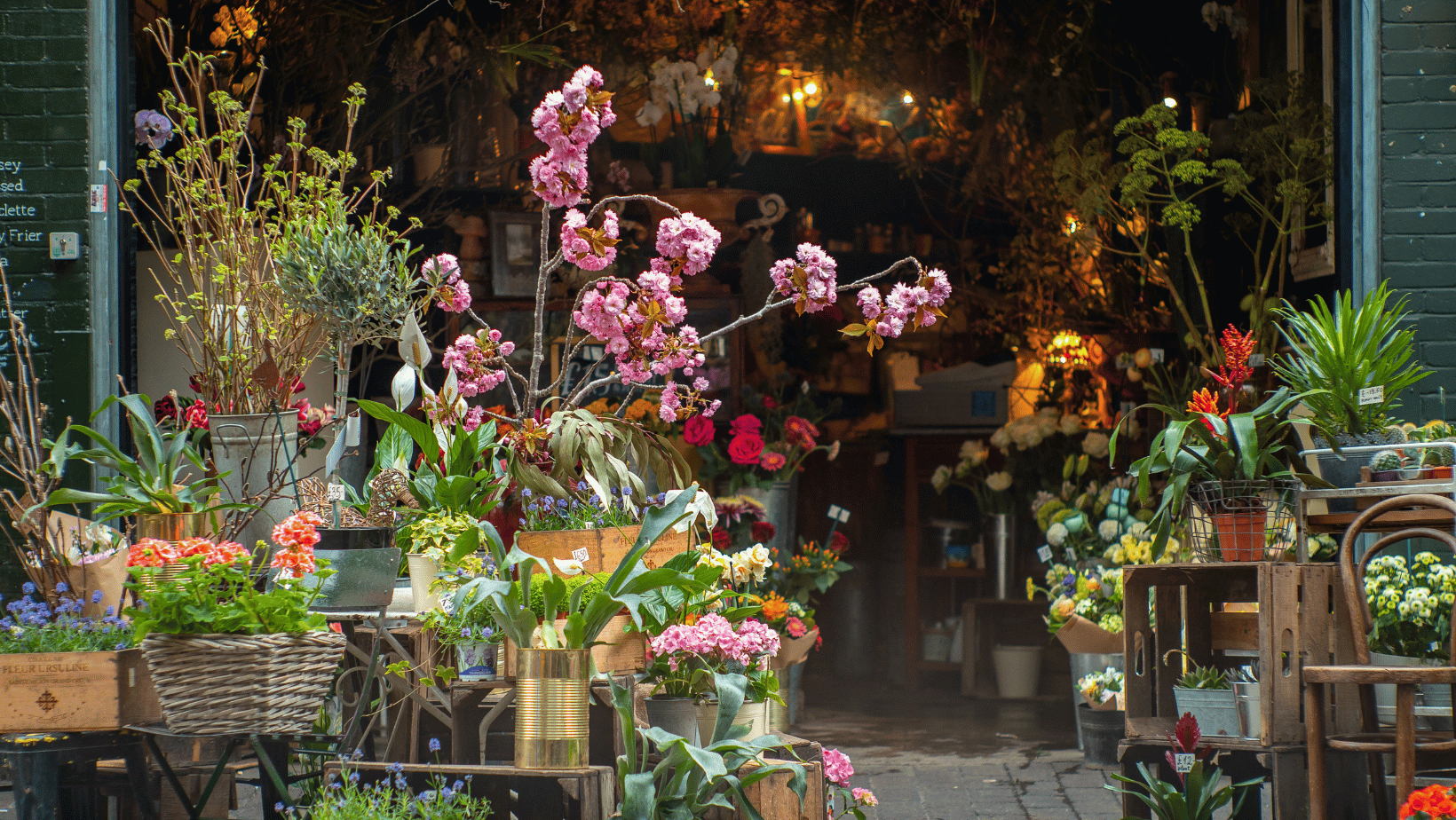
Embracing Sustainability in Floristry
In recent years, there has been a growing awareness of the need for sustainable practices in the cut flower industry. Many florists now opt for locally sourced, seasonal flowers to reduce their environmental impact. By supporting local flower growers, florists can minimize the carbon emissions associated with long-distance transportation.
Furthermore, some florists are embracing organic and eco-friendly cultivation methods. These practices prioritize using natural fertilizers and pest control methods, reducing the reliance on synthetic chemicals. Florists can help preserve biodiversity and protect the environment for future generations by adopting these sustainable practices.
The Role of Technology in Floristry
Technology has also played a significant role in revolutionizing the cut flower industry. The emergence of e-commerce platforms and online floral delivery services has made ordering and receiving fresh flowers easier for consumers. This convenience has opened up new opportunities for florists to reach a broader customer base.
Additionally, advancements in flower preservation techniques have extended the lifespan of cut flowers. Preserved flowers can retain their beauty for months or even years, reducing the need for constant replenishment. This innovation benefits consumers and contributes to a more sustainable approach to floral design.
The Future of Cut Flowers
As we look to the future, it is clear that the cut flower industry must continue to evolve in response to environmental challenges. Florists, growers, and consumers all have a role in promoting sustainable practices and reducing the industry's ecological footprint. By supporting local and organic flower growers, embracing eco-friendly alternatives, and making conscious purchasing decisions, we can ensure that the beauty of cut flowers continues to enrich our lives without harming the planet.
In conclusion, the journey of cut flowers from nature to home decor is a testament to their enduring beauty and cultural significance. From ancient civilizations to the modern-day florist, the art of floristry has evolved, and with it, our appreciation for the natural wonders of flowers. Let us cherish and celebrate cut flowers while also striving to protect the environment that nurtures them.


